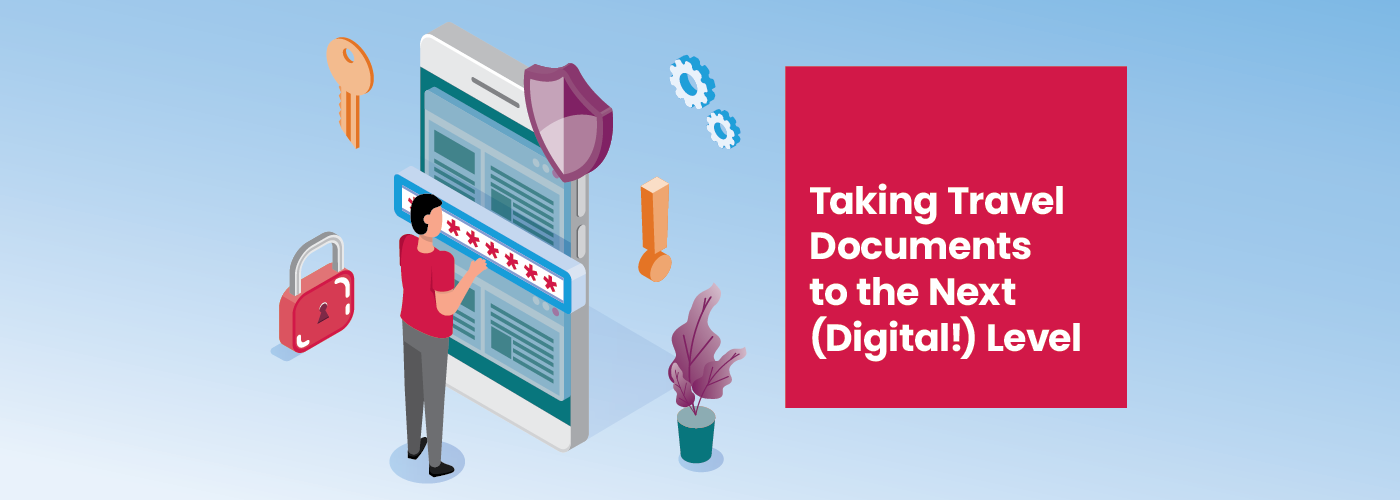Taking travel documents to the next (digital!) level
People with disabilities digitize documents for U.S. Customers and Border Patrol

Travelers are filling out thousands of important forms when they enter or exit the United States. These documents are shipped each day by U.S. Customs and Border Patrol (CBP) to Coleman Data Solutions, where they end up in the hands of people with disabilities.
When the documents arrive, these individuals -- working through the AbilityOne® Program -- are responsible for receiving, categorizing, and digitizing every single piece. Coleman Data Solutions expertise in this area, tied with the skills of the people with disabilities they employ, has created a seamless process that helps keep our nation safe.
The organization, one of approximately 700 nonprofit agencies within the SourceAmerica® network, has a specialized three-pronged approach for processing and tracking every document that is received. The operation requires a specialized set of skills that people with disabilities bring to the table. In any given minute, these talented individuals are moving hundreds of papers through the digitization process with almost perfect accuracy to ensure CBP can access and locate the data.
Step one: Receiving
When documents arrive in the mailroom, people with disabilities are tasked with opening boxes and envelopes. Sometimes the papers come in nice bundles. Other times they arrive needing lots of reorganizing, adding an extra challenge to the task. Quickly, these highly skilled individuals pull out staples, fix ripped pages, unfold papers, and sort each document into 20 specified categories to get them ready for scanning.
Step two: Scanning
People with disabilities employed on this contract can also operate and troubleshoot high-tech scanners and other sophisticated equipment. Once the documents have been through the mailroom, they are scanned at amazingly fast speeds. Because this part of the process has to be done quickly, people with disabilities must remain focused on ensuring the quality of the images are up to standards.
Step three: Data entry
The final step in the process is to digitize every scanned image. Because each form is originally handwritten, the employees must carefully interpret each document to ensure the information is correctly entered into the computer. People with disabilities are trained on how to read and identify different styles of writing to ensure accuracy in the process. Once their work is complete, it goes through quality control and the final version is shared with CBP.
This impressive process employs over 30 people with disabilities.
“The work that we do for the Department of Homeland Security is vital to the country. Our team performs at the highest level, and what they do truly makes a difference,” said Scott Wiley, CEO of Coleman Data Solutions. “I could not be prouder of their dedication and professionalism in getting this work done quickly, accurately, and right the first time. It is a perfect example of delivering on our core values.”
People with disabilities working through the AbilityOne Program, one of the largest sources of employment for people who are blind or have significant disabilities, never skip a beat. They are constantly exceeding expectations for the customer and helping Coleman Data Solutions shine in this line of business.
To learn more about how you can employ people with disabilities at your organization, contact customerservice@sourceamerica.org.